Phenology Plot 101
Today was too wet and rainy for a tram run, so Matthew and I trekked out to the phenology plots to see how they were progressing since the snow melt. You can see a marked difference between the plots that melted first, to the ones that were the last. Matthew very patiently went through the focus species found in each plot.
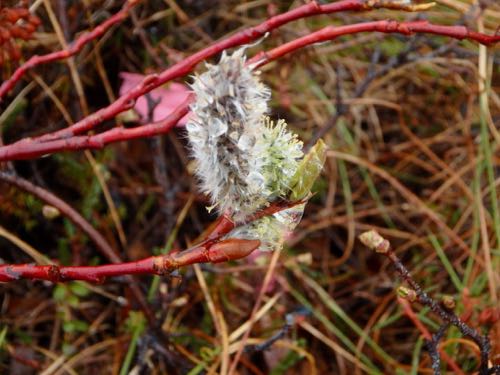 This Salix has a catkin blooming on it's red branches.
This Salix has a catkin blooming on it's red branches.
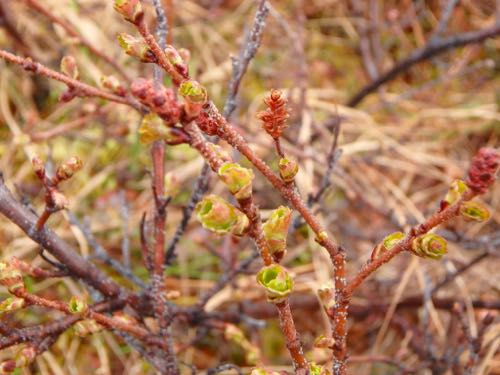 This Betula's leaves are begining to emerge. The red pine cone like structures are the male flowers.
This Betula's leaves are begining to emerge. The red pine cone like structures are the male flowers.
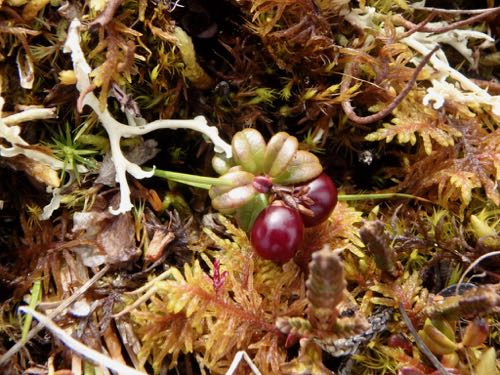 The Vaccinium in the center of the picture still has berries from the previous year. You can see Cassiope in the forground. It looks kind of like it's braided.
The Vaccinium in the center of the picture still has berries from the previous year. You can see Cassiope in the forground. It looks kind of like it's braided.
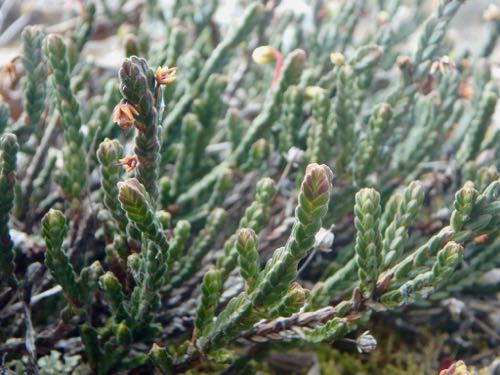 This is Cassiope, a tundra evergreen.
This is Cassiope, a tundra evergreen.
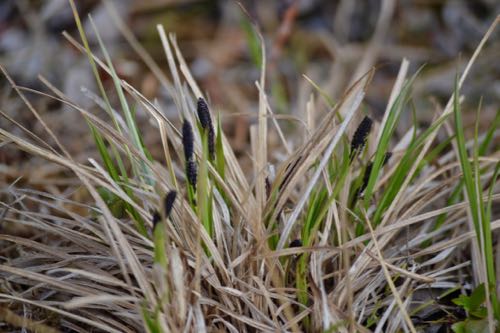 This is Carex. The dark structures in the center are flower stalks. Photo by Matthew Simon.
This is Carex. The dark structures in the center are flower stalks. Photo by Matthew Simon.
[
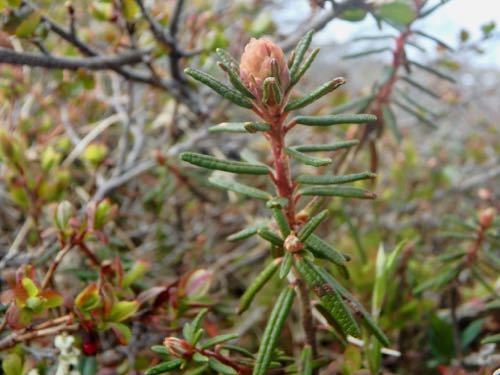 This is Ledum, a very tiny evergreen with a flower bud that will soon be blooming.
This is Ledum, a very tiny evergreen with a flower bud that will soon be blooming.
]
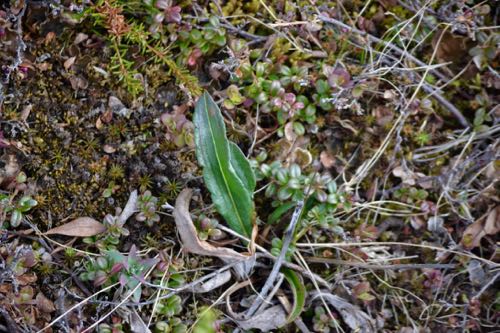 This is Polygonum. When it is ready to bloom, a flower stalk with tiny purple flowers with emerge. Photo by Matthew Simon.
This is Polygonum. When it is ready to bloom, a flower stalk with tiny purple flowers with emerge. Photo by Matthew Simon.
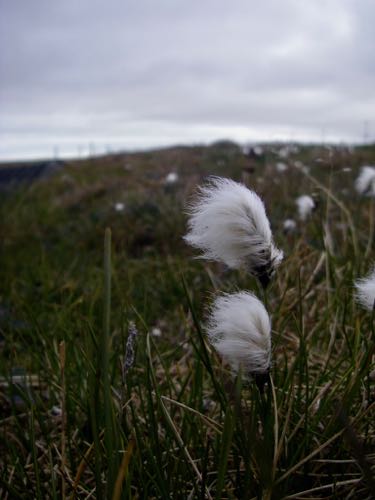 Eriophorem in bloom. This was the one plant I didn't get a picture of today! Photo by Frank Kelley (PolarTREC 2008), Courtesy of ARCUS.
Eriophorem in bloom. This was the one plant I didn't get a picture of today! Photo by Frank Kelley (PolarTREC 2008), Courtesy of ARCUS.
We recorded the overall leaf status of the plot on a scale from 1-10 (1 being really green to 10 being not green at all), leaf and flower bud emergence and breaking, and flowers and fruits. This is done of 12 plots, twice a week, for the season. This allows the timing of different phenology events to be observed and recorded into a database for further synthesizing.
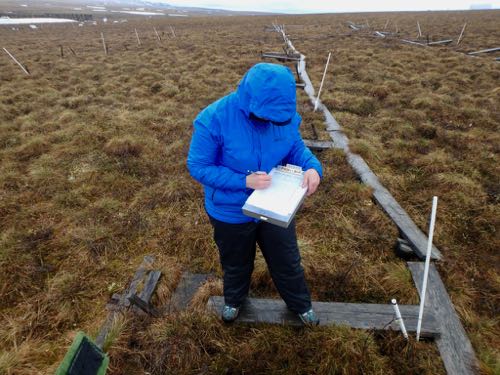 Melissa Lau assessing a phenology plot on a rainy morning. Photo by Matthew Simon.
Melissa Lau assessing a phenology plot on a rainy morning. Photo by Matthew Simon.
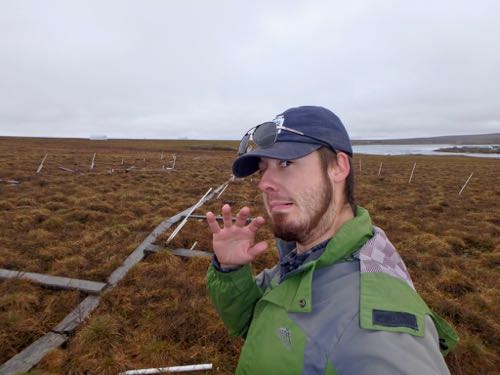 This is Matthew. Don't let that look fool you. He knows his phenology!
This is Matthew. Don't let that look fool you. He knows his phenology!
The Adventures Of Flat Cat
Flat Cat tagged along to today to the phenology plots. On a clear day, the mountain view is wonderful, but a cold, rainy day limits his view.
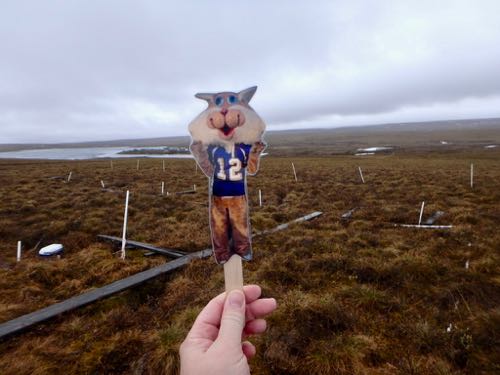 Flat Cat in the phenology plots.
Flat Cat in the phenology plots.

Comments
Add new comment